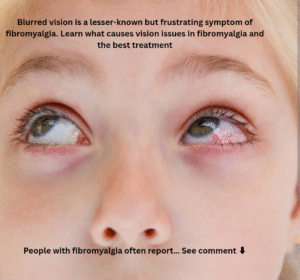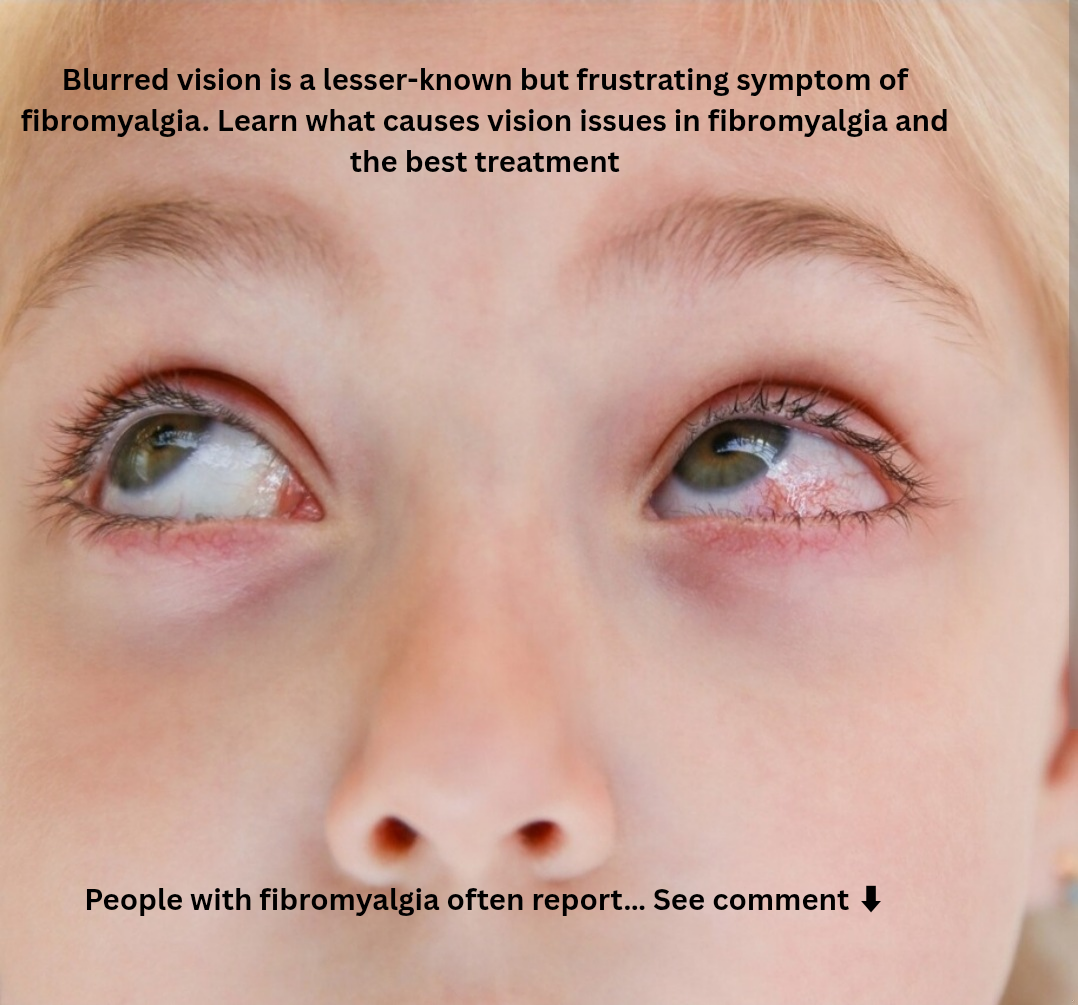Fibromyalgia is typically characterized by generalized pain, fatigue, headaches, irritable bowel syndrome, inability to sleep refreshingly, wake up tired and rigid and develop cognitive disorders, including lack of concentration and lack of mood, dizziness, etc

Fibromyalgia syndrome is a chronic, long-term condition that has no cure. About 10 million people are currently diagnosed with this disorder. Although 9 out of 10 people diagnosed are women, men also have this disorder.
Association of fibromyalgia with other conditions
Studies have shown that fibromyalgia is also associated with several other conditions. Usually, some patients with fibromyalgia also experience dryness of the cornea or eyes and mouth.
Presence of ocular discomfort or ocular dryness and aridity is one of the most common complaints of fibromyalgia compared to oral or buccal dryness. Studies have shown that there may be change in tear formation when compared to the general population.
Sjogren’s syndrome
A syndrome called Sjögren’s syndrome is typically characterized by dry eyes and inability to form tears. It was observed, however, that patients with fibromyalgia with dry eyes and dry mouth did not meet the criteria for the diagnosis of Sjögren’s syndrome. They are commonly diagnosed with dry mouth and eye syndrome (DEMS).
Corneal sensitivity and changes in the cornea
A study that looks at corneal sensitivity and corneal changes among fibromyalgia patients shows that the sensitivity is the same irrespective of the age of patients with fibromyalgia. This may be due to deterioration of the nerves and sensory systems of the eye.
Association between fibromyalgia, chronic fatigue and Sjögren’s syndrome
The study also found an association between fibromyalgia, chronic fatigue and Sjögren’s syndrome.
Lacrimal secretion is markedly decreased in fibromyalgia, but not in the extent of other dry eye conditions. In addition, the eye becomes more sensitive to high levels of carbon dioxide, heat and cold compared to normal people.
Normal tear formation
Normal tear formation is controlled by the tear functional unit which includes cornea, conjunctiva, accessory lacrimal glands and meibomian glands. All this is connected to a good network of nerves.
If any part of this nervous network is impaired, the production of tears can be hampered. This is something that occurs in fibromyalgia patients.
Dry mouth
Fibromyalgia is closely associated with irritable bowel syndrome and reduces salivary secretions leading to dry mouth. The dry mouth itself is rarely present. It is most commonly associated with dry eyes in patients with fibromyalgia



